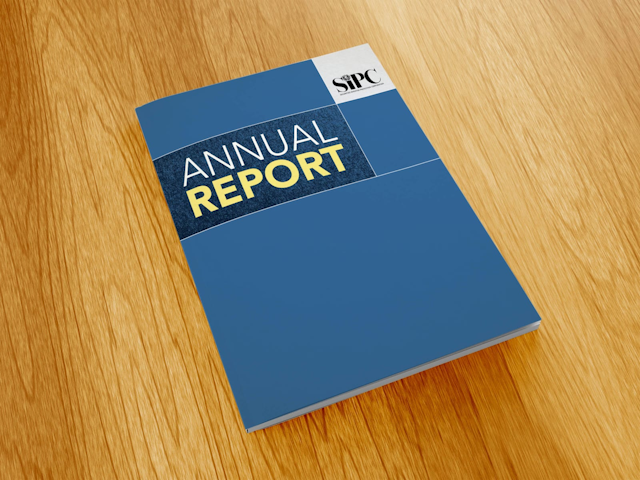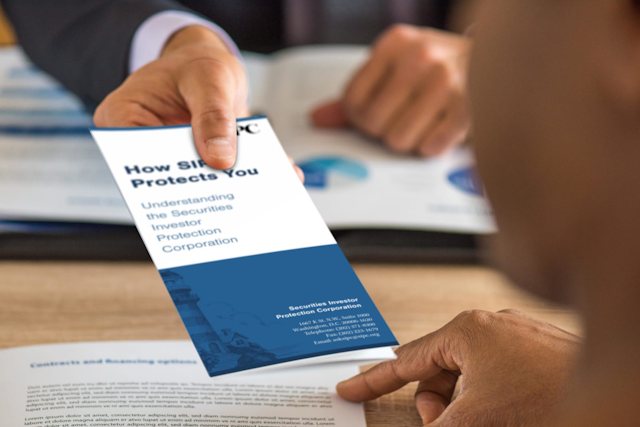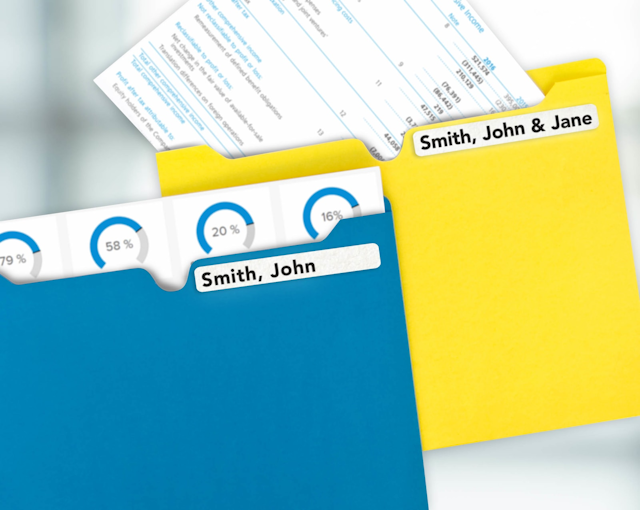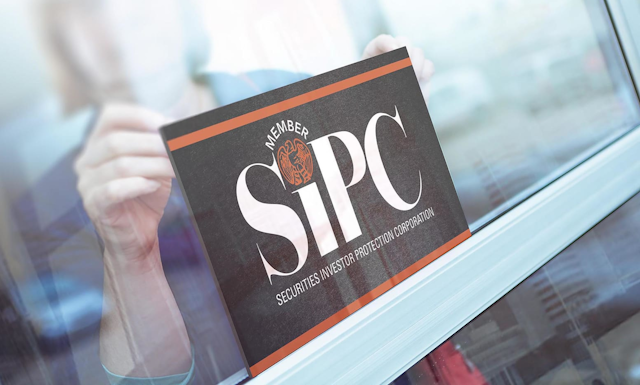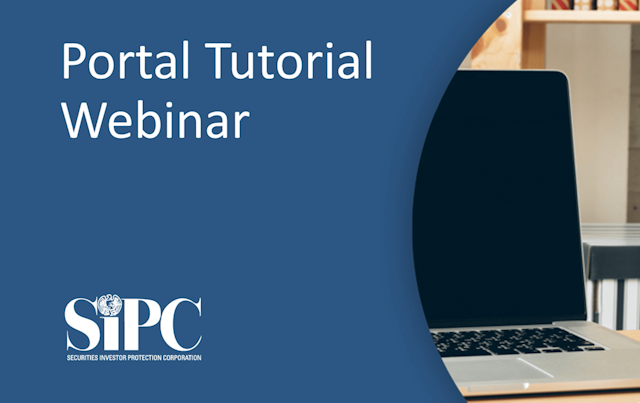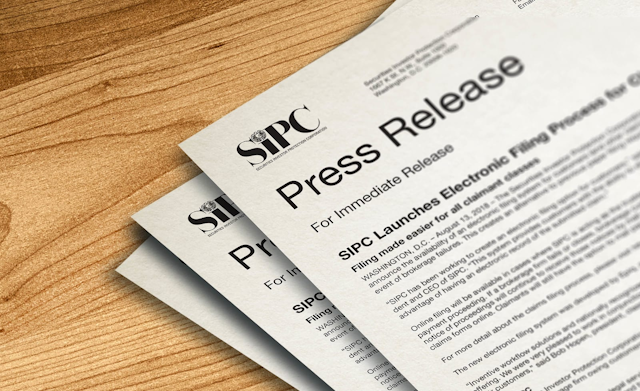A Liquidation generally begins with the court appointing a Trustee for the broker-dealer. Under SIPC’s oversight, the Trustee gets to work right away to restore securities and cash to customers as soon as possible. In a failed brokerage firm with accurate records, the Trustee and SIPC may arrange to have some or all customer accounts transferred to another brokerage firm. Customers whose accounts are transferred are notified promptly of the move. Even if a customer's account is transferred, the customer should still file a claim with the Trustee. Once the transfer is made, customers may leave their accounts at the new firm or move them to another brokerage. Questions about your account at the brokerage firm should be directed to the Trustee. See All Open Cases.
A general timeline of a Liquidation follows.
Immediately
As soon as the Liquidation is started, the Trustee and the Trustee’s staff close the offices of the brokerage firm and work to take control of the brokerage firm’s books and records. In some cases, when the books and records are in disarray, finding and organizing the books and records can take weeks or even months.
As Soon as Possible
Under SIPC’s oversight, the Trustee gathers the names and addresses of all customers who had an account with the brokerage firm within the previous 12 months. The timing of this step depends on the accuracy of the books and records of the brokerage firm and on the size of the case. The Trustee works to get this completed as soon as possible. At the same time, the Trustee works to get approval from the court for claim forms. Once the court approves the claim forms, the Trustee publishes notice of the case and: (a) creates an electronic claim form process whereby customers can file a claim with the Trustee using the internet; and (b) mails the claim forms to customers who had an account with the brokerage firm within the previous 12 months. Customers have a specified time period in which to file claims. Failure to file a claim on time may result in the loss of all or a portion of the claim. See How the Claims Process Works and Deadlines. The Trustee works to recover assets belonging to the brokerage firm and its customers. In some cases, this involves lawsuits to recover assets. The Trustee also investigates the reasons for the brokerage firm’s failure and reports the reasons to the Court and SIPC.
Direct Payment Procedure
In cases where the claims of all customers are within the limits of protections under SIPA and, in the aggregate, will not exceed $250,000, no court proceeding is initiated and no Trustee is appointed. Instead, SIPC handles the matter as a Direct Payment Procedure. Customers in a Direct Payment Procedure are eligible for the same protection from SIPC as customers in a liquidation: up to $500,000 for securities and cash (with a limit of $250,000 for cash only).
A Direct Payment Procedure starts when SIPC sends claim forms to customers, and publishes notice of the Direct Payment Procedure in one or more newspapers. Customers can also submit their claim electronically to SIPC. A Direct Payment Procedure is an out-of-court claims process. Customers must submit claim forms to SIPC in order to be eligible for SIPC protection. Once a Direct Payment Procedure begins, customers have six months to submit their claims to SIPC. By law, late claims are not eligible for protection from SIPC. Once a claim is submitted, SIPC reviews and determines the claim and sends a determination letter to the customer. In a Direct Payment Procedure, securities are valued as of the date that notice was published in the newspaper. If a customer disagrees with the determination, the customer has six months to ask a court to review SIPC’s determination, as explained in the determination letter.







